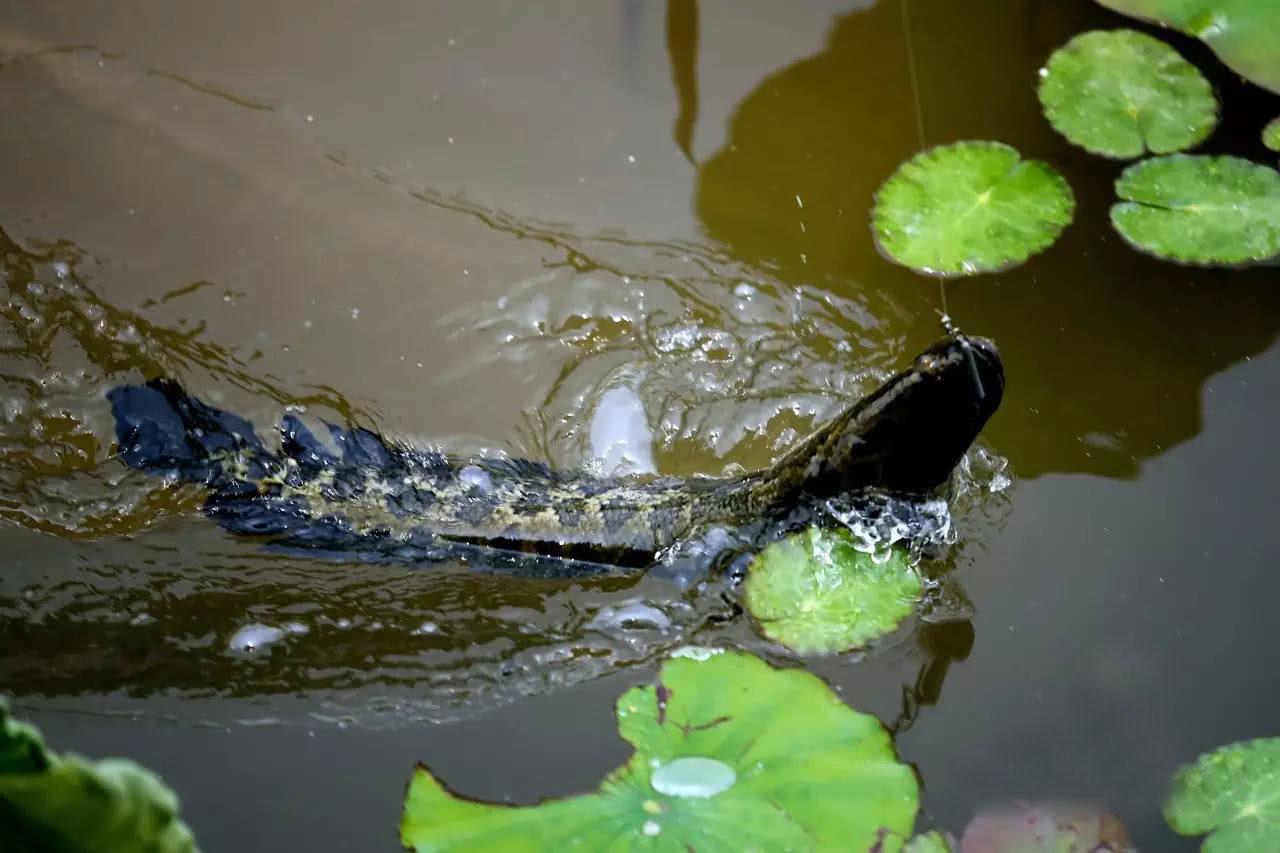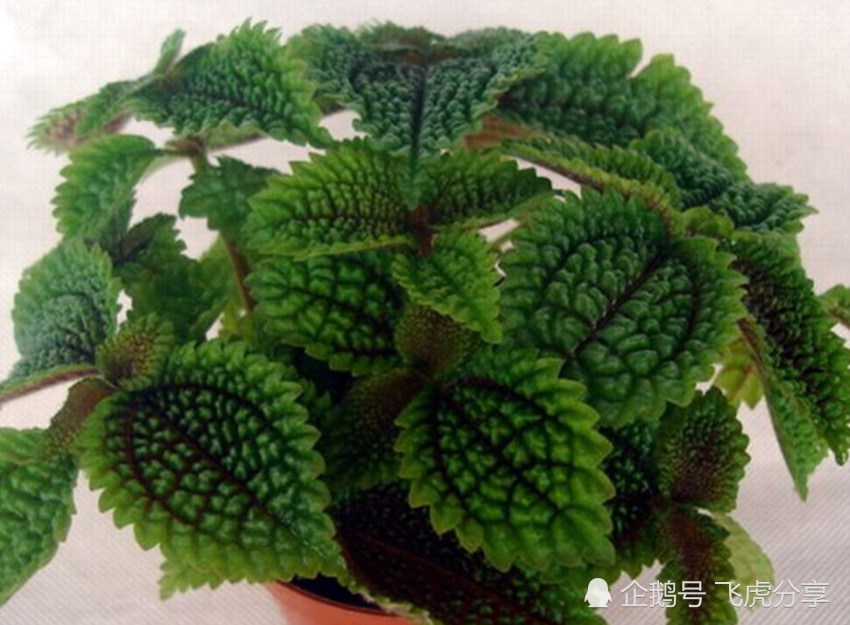Green pineapple and crab claw orchid all have a growing point to activate it to grow more and more prosperous.

Many flower friends have raised green pineapple and crab claw orchid, but some flower friends always say that they grow slowly, the leaves are thin and small, and they turn yellow. real experienced flower friends all know that green pineapple, crab claw orchid and other flowers are different from other flowers, they are born with a growing point. it is this natural growth point that gives them exuberant growth. But many people may not notice this growing point, some don't know it at all, and some don't take it seriously at all.
Careful flower growers may find that there are more or less fine hairs near the leaves on the vines of green pineapple. And the crab claw orchid on each stem node also has a lot of small hairs, but these fine hairs are not ordinary fine hairs, but they are the roots of their growth, called aerial roots. Don't underestimate these small roots, which play a key role in the growth of plants. At ordinary times, these aerial roots maintain the growth of branches and leaves by absorbing water and nutrients from the air. Once the environment is dry, they can only rely on the main roots in the soil to supply water and nutrients, while aerial roots will dry and shrink. Therefore, activating aerial root is the most effective way to promote the rapid growth of green pineapple and crab claw orchid, and the leaf becomes bigger and thicker.
So how do you activate them? In fact, the method is very simple, usually in the maintenance can be used to spray water on the branches and leaves, to maintain a moist air environment, so that aerial roots can absorb enough water and nutrients. When spraying, you can add a few granular fertilizers or liquid fertilizers to the water in advance. Don't add too much, just a little bit. Over time, you will find that the aerial roots on the branches gradually grow longer, thicker, and more. The branches also grow much faster than before, and the leaves are bigger and thicker than before.
How, see the introduction above, I believe we all know, so, flower cultivation should learn to observe carefully, at the beginning is not afraid of raising bad, afraid of not careful. As a matter of fact, it is not difficult to grow flowers. As long as you are good at observing, learning, seeing and asking more, there is no problem that cannot be solved.
- Prev

It's called a scar fish, and people eat it after surgery, and it's almost extinct in the wild today.
When I was a child in the countryside, especially in the summer vacation, I always asked a group of friends to swim in the river. At that time, the water in the river in my hometown was still very clear. We could see the fish swimming in the water with us.
- Next

The latest fashionable potted flowers are charming, lovely, elegant, chic and easy to raise.
The cold water flower, which is called "anti-pollution nova", is not only a very popular small potted plant, but also a popular indoor foliage plant abroad. Cold water is a perennial evergreen plant, extremely rich in color, the four seasons as new, constitute a gorgeous picture.
Related
- Wuhan Hospital Iron Tree Blooming Result Was Instantly Frightened by the Gardener Master
- Which variety of camellia is the most fragrant and best? Which one do you like best?
- What is the small blue coat, the breeding methods and matters needing attention of the succulent plant
- Dormancy time and maintenance management of succulent plants during dormancy
- Minas succulent how to raise, Minas succulent plant pictures
- What are the varieties of winter succulent plants
- How to raise succulent plants in twelve rolls? let's take a look at some experience of breeding twelve rolls.
- Attention should be paid to water control for succulent plants during dormant period (winter and summer)
- Watering experience of twelve rolls of succulent plants
- Techniques for fertilizing succulent plants. An article will let you know how to fertilize succulent plants.

